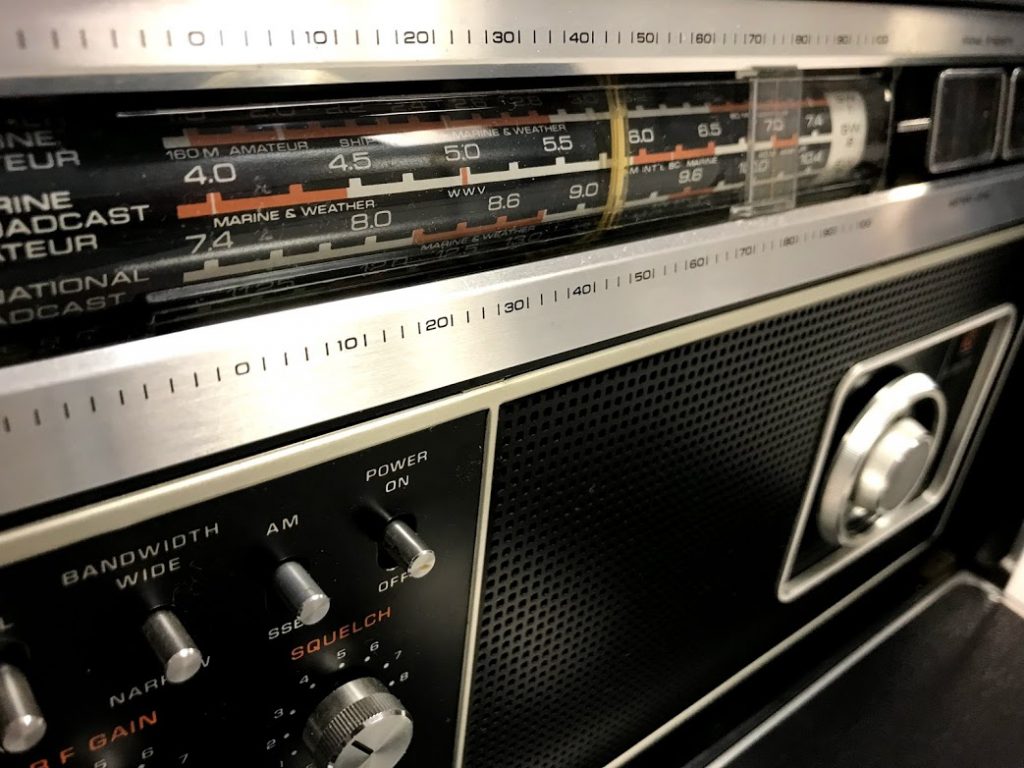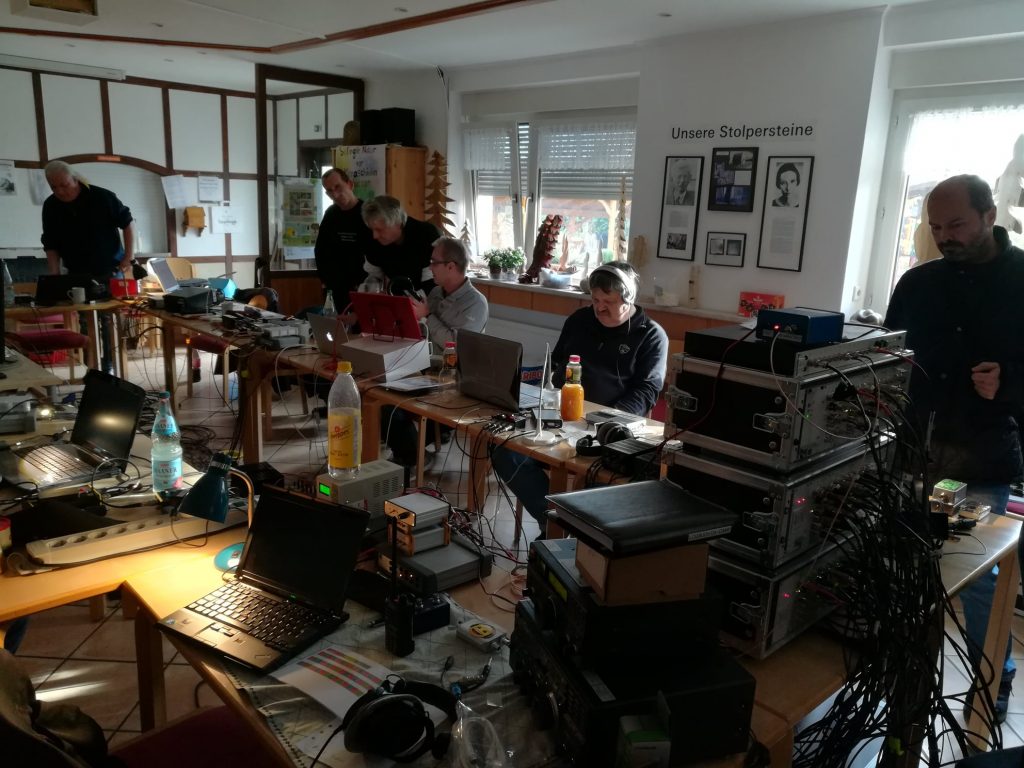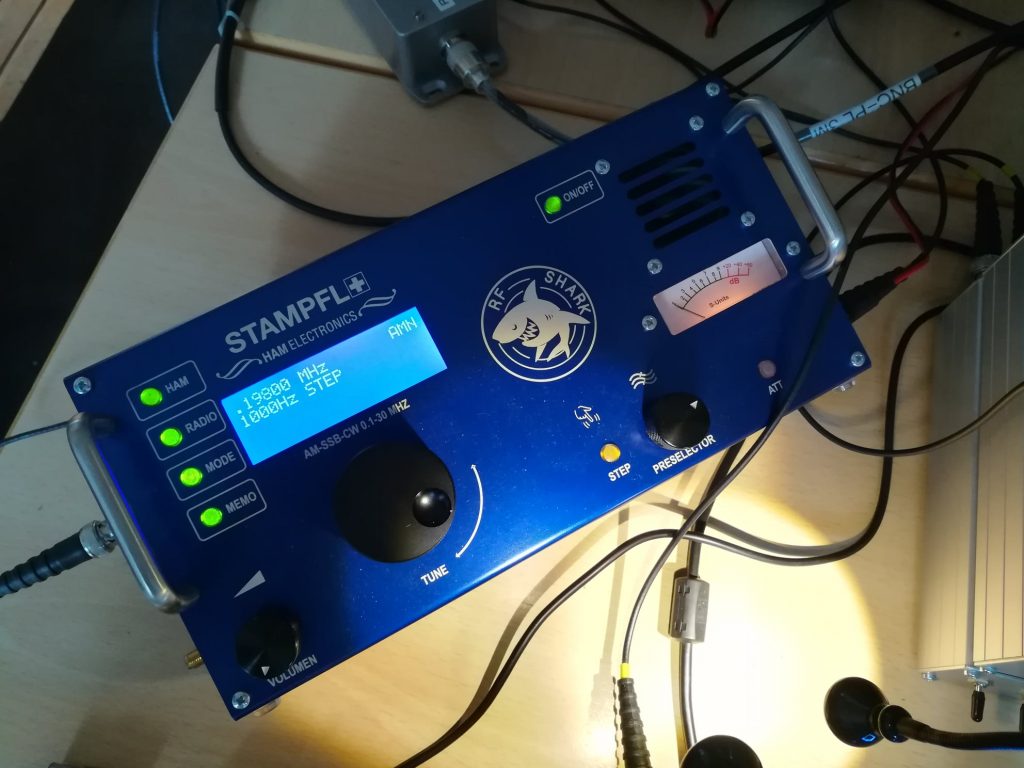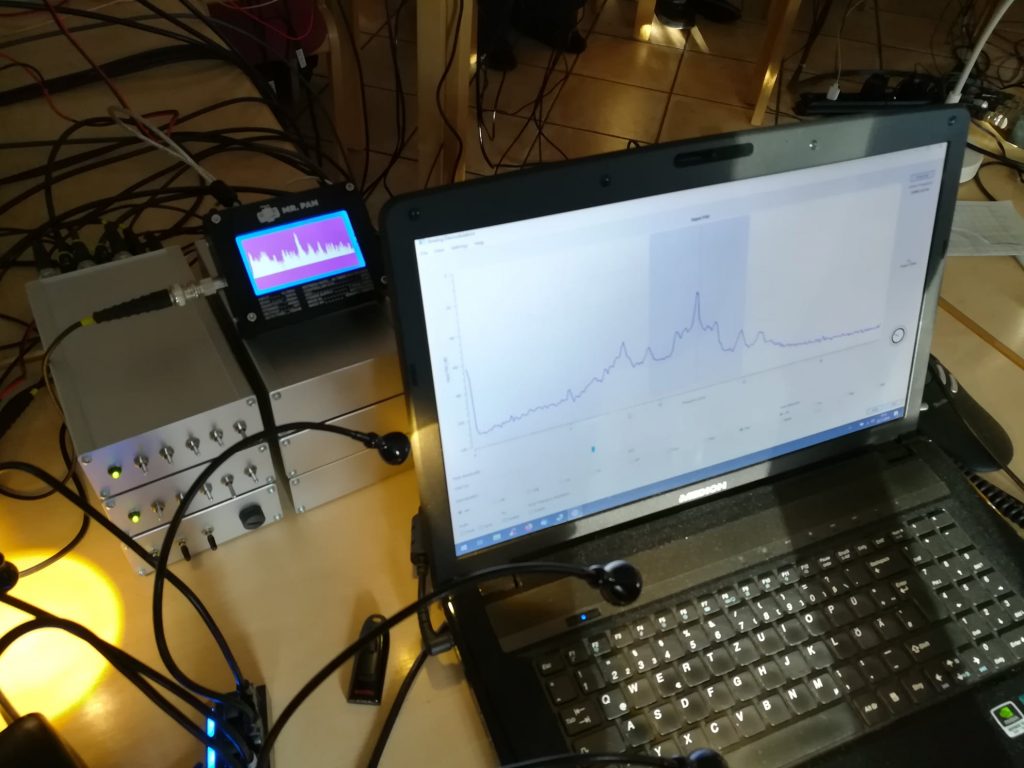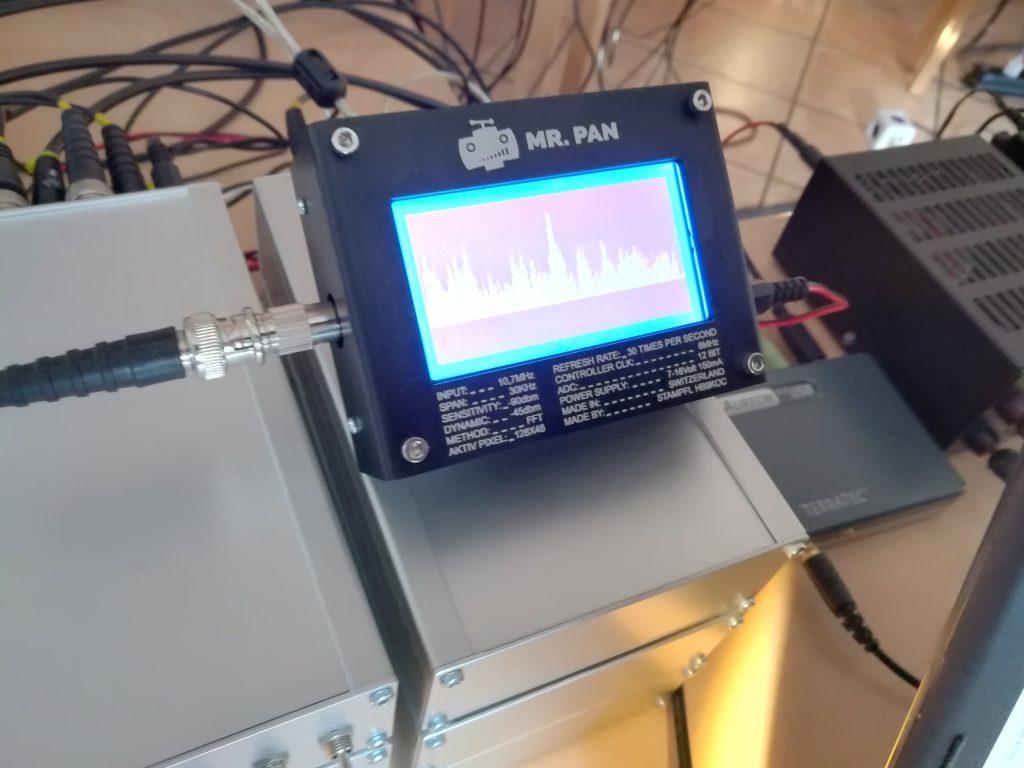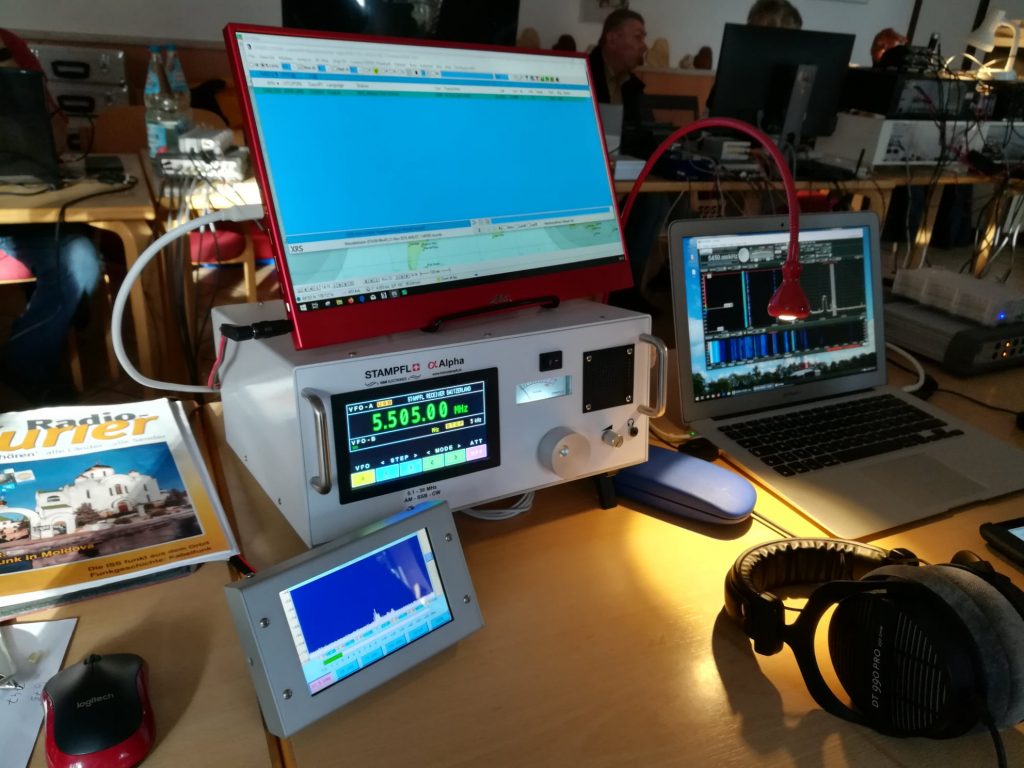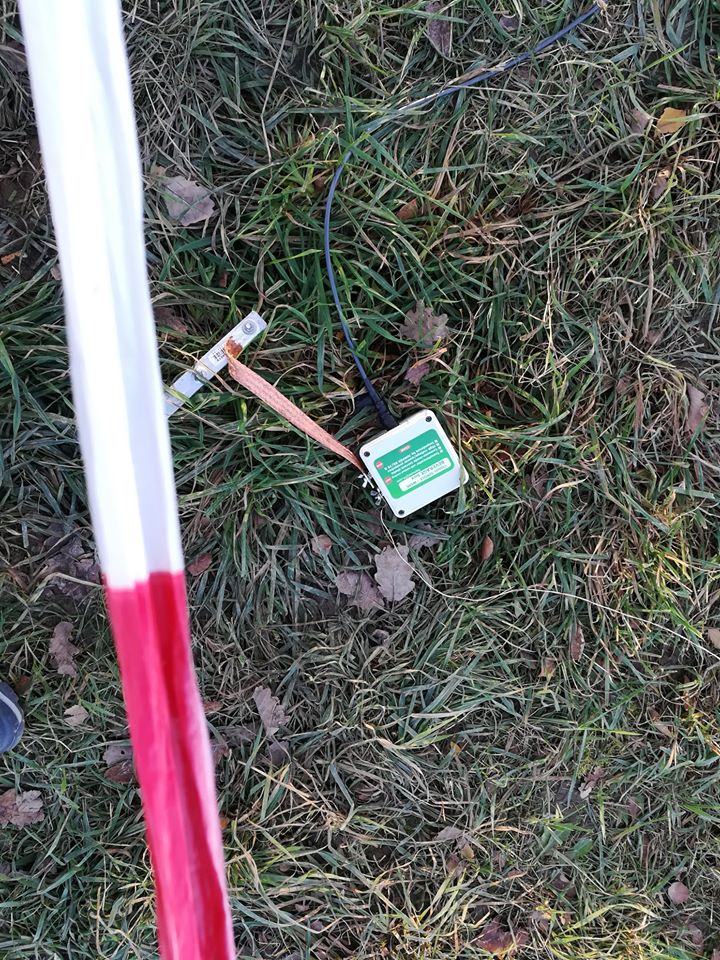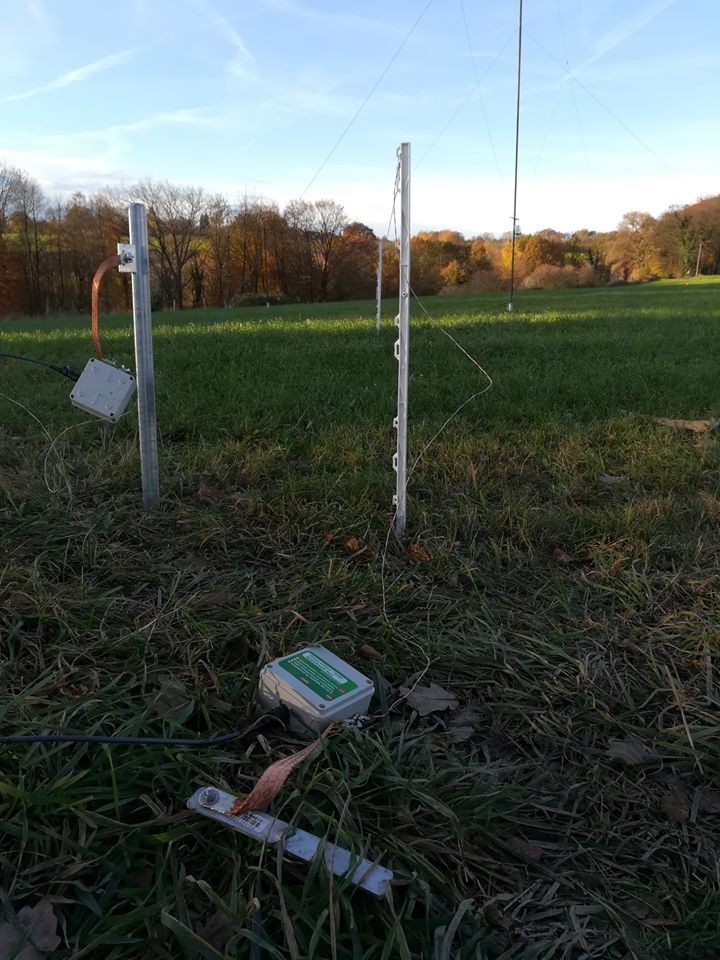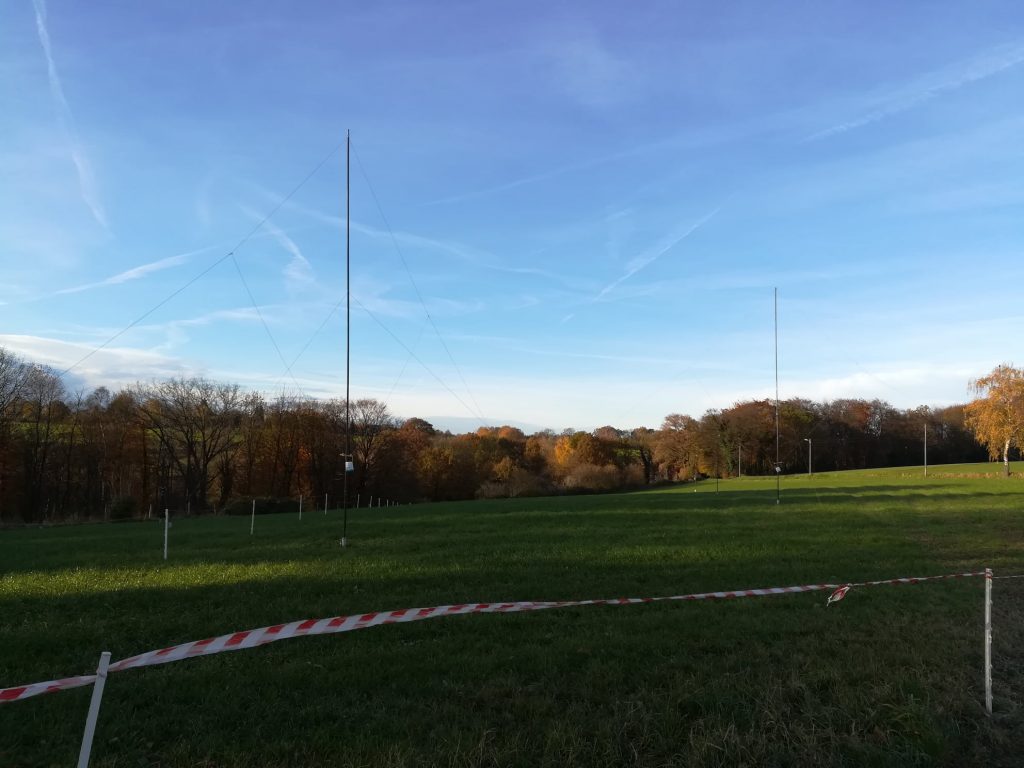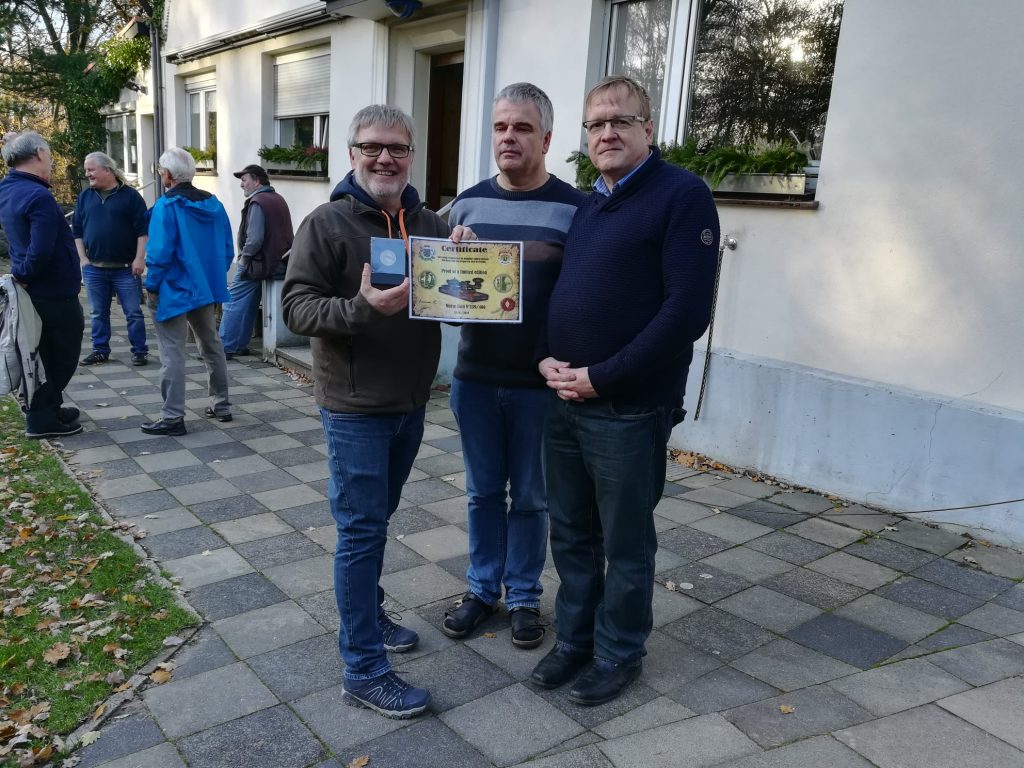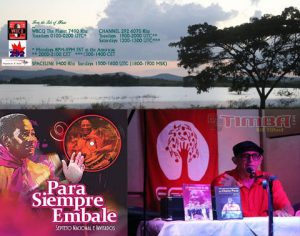Category Archives: News
Thanksgiving: A great time for family, friends, food, and pirate radio!
Here in the States, we’re celebrating Thanksgiving today. It’s my favorite holiday because it’s all about giving thanks and spending time with friends. family, and eating some amazing food.
Another great thing about Thanksgiving is it also equates to a long extended weekend for many who have full-time careers. That includes, of course, shortwave radio pirates! Anytime there’s a holiday, pirates are more likely to hit the air.
Hang around the pirate radio watering holes (including 6,800 – 6,990 kHz) and you just might log a few new stations! Do you live outside North America? Try using a KiwiSDR in the US or Canada to hunt pirates. It’s believed that the majority of pirate radio stations are located in the Northeast, so you should choose a KiwiSDR location with that in mind. If you’re new to pirate radio listening, check out our tutorial.
Thank you…
Speaking of giving thanks, thank you dear readers for making the SWLing Post such a welcoming community to radio enthusiasts of all stripes. The SWLing Post is a true labor of love, and it’s an honor to serve it up to you!
I’d especially like to thank our Patrons, Producers, Executive Producers and Coffee Fund contributors. Your financial support helps keep this a dynamic radio space over the long haul!
You all make this a terrific place for everything radio!
Happy Thanksgiving!
Mark your calendars! Christmas on-air event to honor Radio Luxembourg
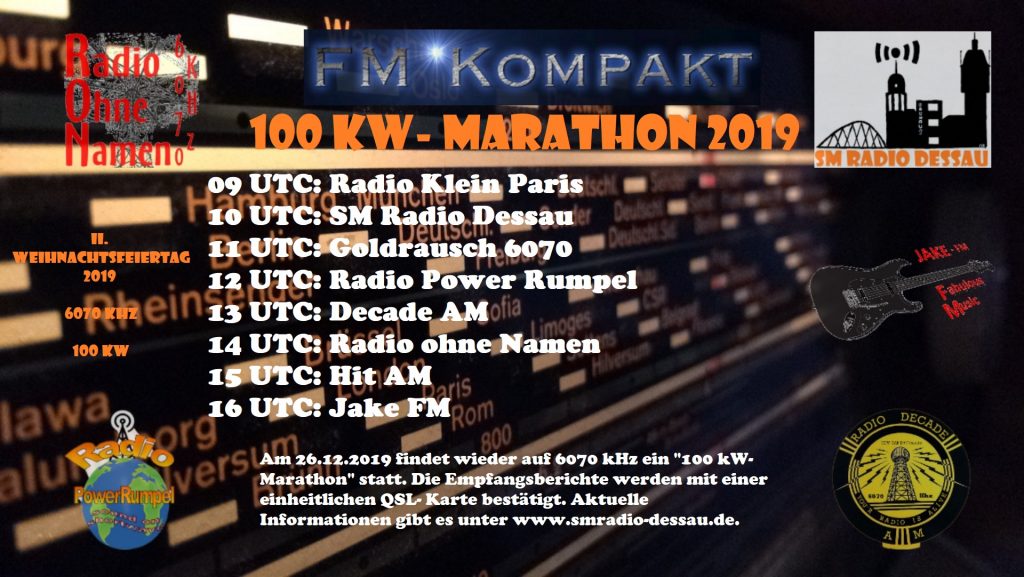 Many thanks to SWLing Post contributor, Alexander (DL4NO), who writes:
Many thanks to SWLing Post contributor, Alexander (DL4NO), who writes:
For a very long time Radio Luxembourg was *the* pop music radio in Europe, especially in Germany and GB. At a time when Germany only had its public radio system, the Radio Luxembourg was the one and only. But this is history.
At Christmas, several German shortwave broadcasters, organized by Radio DARC, will transmit on 6070 kHz in memoriam of Radio Luxembourg from Vienna. See the attached flyer [above]. BTW, radio amateurs play important roles: Head of Radio DARC is Rainer, DF2NU. Moderator of “Hit AM” is Christian, DO8CN. And for “Goldrausch 6070” Eckard, DD9NF, sits in front of the microphone.
I could imagine that quite some ham spirit was used in this project.
Excellent! Thank you for the heads-up, Alexander! I’ll post a reminder closer to Christmas.
Photos from the Radiofreunde NRW DXpedition
After recently checking out a number of photos on the Radiofreunde NRW Facebook page, I asked if a member of this group could give me a little more detail about their DXpeditions. Many thanks to Joachim Geisau who writes:
Radiofreunde NRW is an independent association of SWL, radio amateurs and technology enthusiasts. We meet 2-3 times a year for a few days in a rural area far away from urban noise to listen to radio broadcasts from the most distant countries.
Normally we set up several large antennas, mostly 8-10 different ones, both active and passive.
The antenna setup consisted of:
– two magnetic loops with 1m diameter
– two wire loops with 20 m size
– one beverage antenna 80 mtrs length
– another beverage antenna 240 mtrs length
– a PA0RDT mini whip antenna
– a DL4ZAO UniWhip antenna
Their signals are distributed via a self-made distribution unit. A total of about 6-800 m of coax cable is used. This makes broadcasts audible from distances more than 10,000 km.
Wow! Thank you, Joachim for the information and many thanks to Tom Kamp for the photos!
That antenna farm is most impressive and I love seeing all of the Stampfl radio equipment at the DXpedition.
Post readers: If you’re interested in Radiofreunde NRW’s events, you can contact them via their email address: [email protected] They’re a multi-lingual group and can accommodate German, English, French, and Dutch!
Do you enjoy the SWLing Post?
Please consider supporting us via Patreon or our Coffee Fund!
Your support makes articles like this one possible. Thank you!
Hungary conducts low-power DRM tests
(Source: Radio World via Michael Bird)
BUDAPEST, Hungary — Digital Radio Mondiale transmissions began from Budapest, Hungary, last June. Although two Hungarian broadcasters previously tested DRM on medium wave, the transmissions are the country’s first DRM trials on shortwave.
The Department of Broadcast Info-Communications and Electronic Theory at the Budapest University of Technology is conducting these latest trials. Csaba Szombathy, head of the broadcasting laboratory, is also head of the project, which will last for at least 12 months.
While the 11-meter 26,060 kHz frequency is well known for use in local broadcasting, it’s rarely implemented for international broadcasting. […] Researchers have also performed tests in this frequency to measure coverage and determine optimal mode and bandwidth on various occasions in Mexico and Brazil. The new Hungarian trials will add to this research.
Szombathy initially operated the transmitter with just 10 W of power into a 5/8-inch vertical monopole. Radio Maria, a Catholic station, is providing a 25-hour program loop, while a Dream DRM software-based encoder broadcasts the signal using AAC encoding. In spite of the low power, the program was reportedly received in the Netherlands.
In early September, Szombathy moved the antenna and transmitter to a slightly different location to improve coverage. He increased the power to 100 W.[…]
FTIOM & UBMP, December 1-7
From the Isle of Music, December 1-7:
This week our special guest is Ricardo Oropesa, who will discuss the new album by Septeto Nacional Ignacio Piñeiro, Para Siempre Embale with us. We will also enjoy
some tasty charanga by Orquesta Original de Manzanillo.
The broadcasts take place:
1. For Eastern Europe but audible well beyond the target area in most of the Eastern Hemisphere (including parts of East Asia and Oceania) with 100Kw, Sunday 1500-1600 UTC on SpaceLine, 9400 KHz, from Sofia, Bulgaria (1800-1900 MSK)
If you don’t have a shortwave radio or are out of range, you can listen live to an uplink from a listening radio in the Netherlands during the broadcast at
http://websdr.ewi.utwente.nl:8901/?tune=9400am
2. For the Americas and parts of Europe, Tuesday 0100-0200 UTC (New UTC) on WBCQ, 7490 KHz from Monticello, ME, USA (Monday 8-9PM EST in the US).
If you don’t have a shortwave or are out of range, you can listen to a live stream from the WBCQ website here (choose 7490) http://www.wbcq.com/?page_id=7
3 & 4. For Europe and sometimes beyond, Tuesday 1900-2000 UTC and Saturday 1200-1300 UTC on Channel 292, 6070 KHz from Rohrbach, Germany.
If you don’t have a shortwave radio or are out of range, you can listen live to an uplink from a listening radio in Europe.
Visit our Facebook page at https://www.facebook.com/fromtheisleofmusic
Uncle Bill’s Melting Pot, December 1 and 3:
Episode 141 features new releases of Latin music.
The transmissions take place:
1.Sundays 2300-2330 UTC (6:00PM -6:30PM Eastern US) on WBCQ The Planet 7490 KHz from the US to the Americas and parts of Europe
If you don’t have a shortwave or are out of range, you can listen to a live stream from the WBCQ website here (choose 7490) http://www.wbcq.com/?page_id=7
2. Tuesdays 2000-2030 UTC on Channel 292, 6070 KHz from Rohrbach, Germany for Europe.
If you don’t have a shortwave radio or are out of range, you can listen live to an uplink from different web SDRs in Europe.
Visit our Facebook Page at https://www.facebook.com/UncleBillsMeltingPot
Radio Deal: HRO Black Friday sale Yaesu FT-891 $589.95
Many thanks to SWLing Post contributor, Robert Gulley (K4PKM), who notes that HRO’s Black Friday sale also features one of his favorite full-featured mobile HF rigs: the Yaesu FT-891 for $589.95.
Click here to view this deal at Ham Radio Outlet.
Check out all of our holiday sales tips by bookmarking the tag Black Friday Radios 2019.
Do you have a deal tip? Please share them via email, or simply leave a comment!


